Rain-praying Ceremony Music
2022-06-01 15:53:00 , Source : The Government Website of Shaanxi Province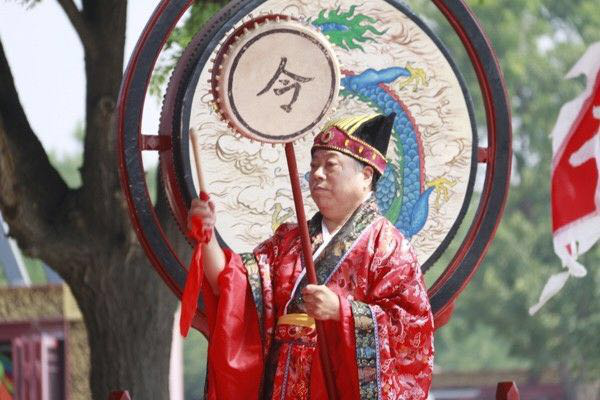
Rain-praying ceremony is an ancient ceremony to get water, namely praying for rain in drought. Music in the ceremony such as blowing, beating and underscore are called rain-praying ceremony music. Since it is appropriate for long-distance walk, it is also called walk music. Music in rain-praying ceremony is delicate and pleasant and also called fine music. In the impressive rain-praying ceremony, music plays a quite important role.
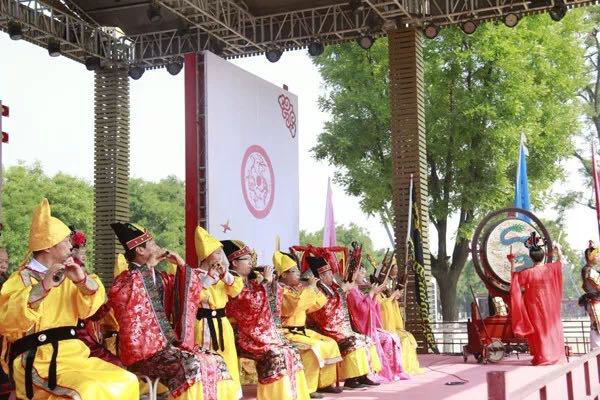
With thick style of the Tang Dynasty, music in rain-praying ceremony in Puhua, Lantian originated from music in the Sui Dynasty and the Tang Dynasty. It is a folk music with local traits, which evolved after the integration between court music in the Tang Dynasty and folk music. Music in rain-praying ceremony in Puhua, Lantian is mainly used in folk temple fairs, grand sacrificial activities and land-and-water Taoist rites. Later it is performed annually in front of temples in villages.
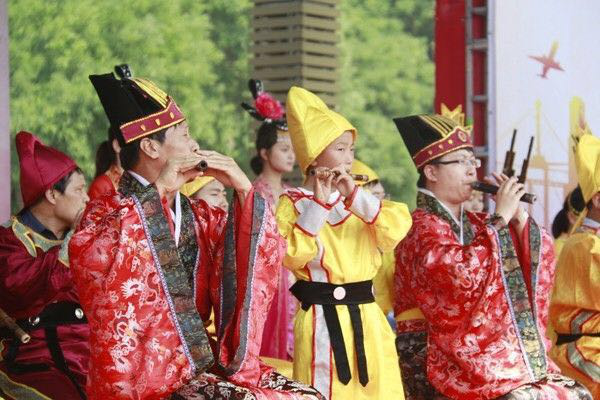
Music in rain-praying ceremony in Puhua, Lantian, due to its high historical value and academic research value in the right of instrument composition, tracks and notation was approved to be listed in the first batch of national intangible cultural heritage in May, 2006. Its notation and performing techniques are unique. Moreover, it combines court music, folk music and religious music and is called the Living Fossil in the research on ancient Chinese music.
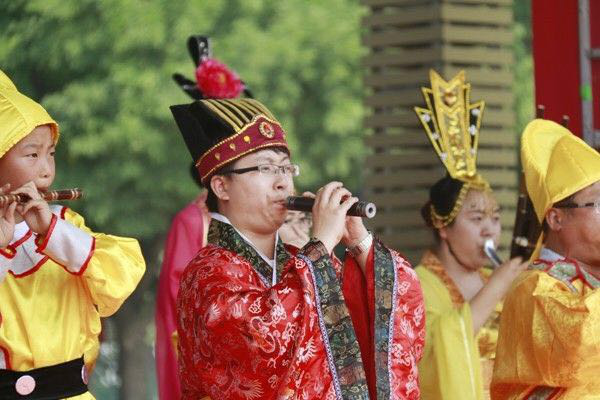
Now there are three music societies in Lantian County: Qiushumiao Village Rain-praying Ceremony Music Society in the east, Tianjiacun Village Rain-praying Ceremony Music Society in the west and Quanjialing Village Rain-praying Music Society. In the past when these music societies prayed for rain, the ceremony was grand and had influence in a wide range, prayers would pray for rain in their own caves and temples. There were up to twenty or thirty thousand spectators who were watching the ceremony. When water was taken back, they would take it to local temple and hang it over a high place in the temple. During this ceremony, music would be performed till the end of the ceremony.
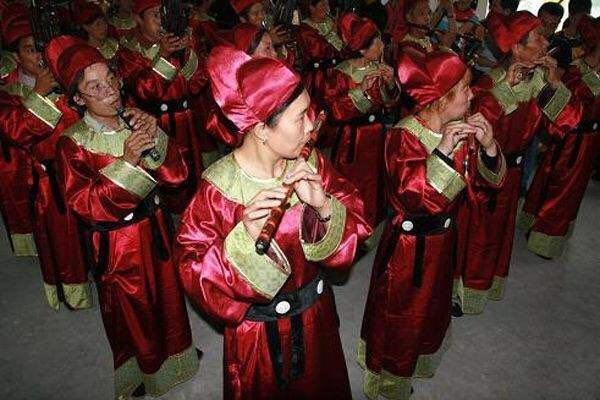
It is well worth mentioning that flutes (Dizi) used Qiushumiao Village Music Society were all made by performers themselves. These flutes have no holes and must be soaked in water during performance.
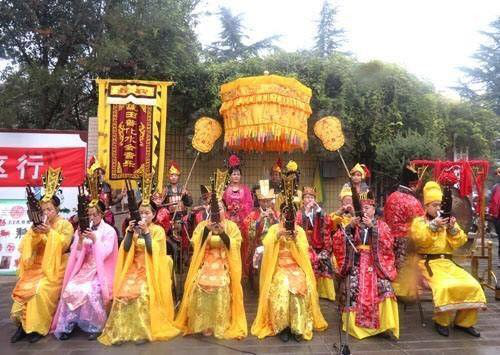
Though music in rain-praying ceremony in Puhua has extremely high historical and academic research values, it has suffered a lot since 1960s and 1970s. For years it has been endangered. Many musical instruments were damaged, there was few music scores left and old artists died one after another. It is urgent to save, protect and inherit this music. In recent years the government of Lantian County successively launched plans to protect music in rain-praying ceremony in Puhua. Besides providing corresponding protection expenses, the government also set up a series of talent fostering mechanism. It is sure that we can see more and more young people will go to inherit this folk art with the plan put into practice.

Government Organizations



Other Links

Copyright@www.shaanxi.gov.cn All Rights Reserved
Registration Number:陕ICP备10004160号
